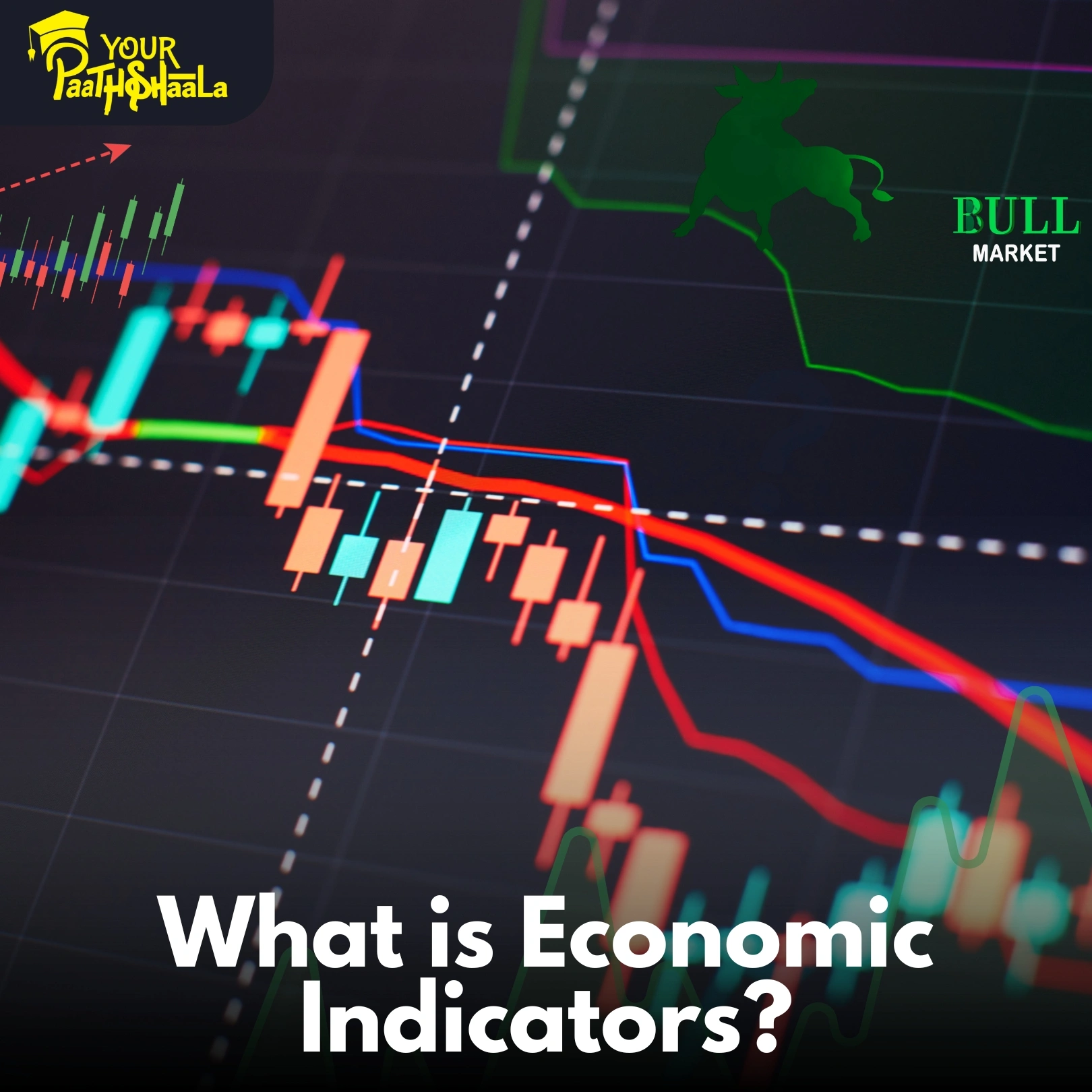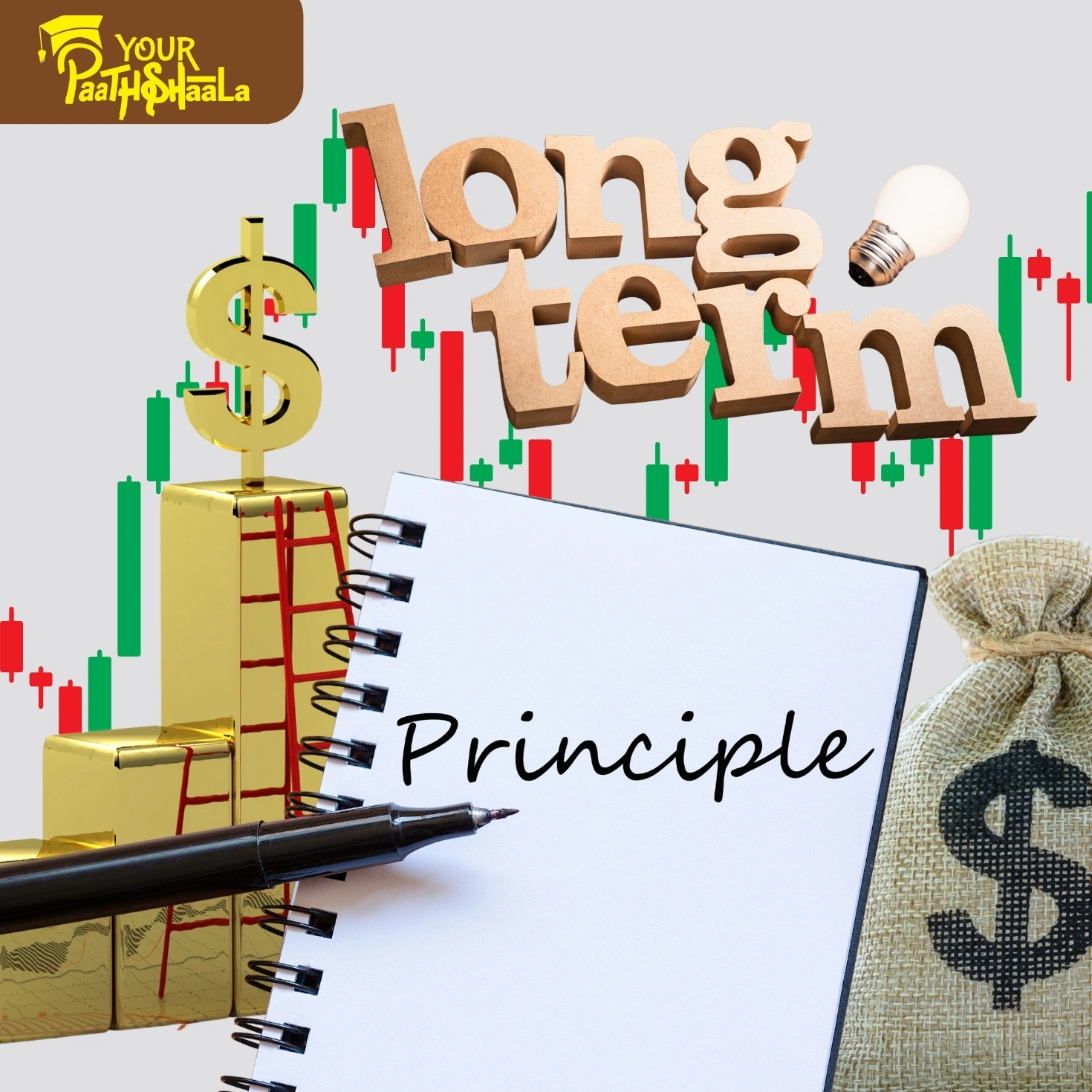Understanding Economic Indicators: A Beginner’s Guide to Stock Market Success
If you are new to the stock market or looking to improve your trading skills, understanding economic indicators is crucial. Terms like GDP, CPI, and unemployment rate often appear in financial news, but what do they really mean for your investments? This guide will explain these key economic indicators, how they impact the stock market, and why mastering them can give you a significant edge in trading.
What Are Economic Indicators?
Economic indicators are statistical data points that reflect the overall health and direction of an economy. They help investors and traders gauge whether the economy is expanding, contracting, or facing challenges. The most important economic indicators for stock market participants include:
Gross Domestic Product (GDP): Measures the total value of goods and services produced within a country.
Consumer Price Index (CPI): Tracks changes in the price level of a basket of consumer goods and services, indicating inflation.
Unemployment Rate: Represents the percentage of the labor force that is unemployed and actively seeking work.
These indicators are released periodically and can influence market sentiment and price movements.
Why Economic Indicators Matter in Stock Trading
1. Forecasting Market Trends
Economic indicators provide valuable clues about the future direction of the stock market:
A rising GDP usually signals a growing economy, which can lead to higher corporate earnings and rising stock prices.
An increasing CPI may indicate inflationary pressures, potentially leading to higher interest rates that can negatively affect stocks.
A declining unemployment rate suggests stronger consumer spending power, which is positive for businesses and the stock market.
By analyzing these indicators, traders can anticipate market movements and adjust their strategies accordingly.
2. Developing Informed Trading Strategies
Knowledge of economic data allows traders to:
Identify opportunities before the broader market reacts.
Manage risk by adjusting their portfolios in response to economic changes.
Choose appropriate asset classes based on economic conditions.
3. Minimizing Risks
Economic indicators help traders avoid potential losses by signaling economic slowdowns or overheating. This enables timely portfolio rebalancing and risk management.
How Key Economic Indicators Influence the Stock Market
Gross Domestic Product (GDP)
GDP is the broadest measure of economic activity. When GDP grows steadily, it reflects a healthy economy, encouraging investment in stocks. Conversely, shrinking GDP may signal recession risks, prompting traders to be cautious.
Consumer Price Index (CPI)
CPI measures inflation by tracking changes in consumer prices. Moderate inflation is normal, but high inflation can reduce purchasing power and squeeze corporate profits. Traders watch CPI closely to predict central bank policies, such as interest rate hikes, which can impact stock valuations.
Unemployment Rate
Employment levels affect consumer confidence and spending. Low unemployment typically supports economic growth and stock market gains, while rising unemployment can indicate economic distress and market downturns.
Practical Tips for Using Economic Indicators in Trading
Stay Updated: Regularly follow the release schedules of major economic reports.
Combine Indicators: Use multiple indicators together for a clearer market outlook.
Watch Market Expectations: Markets often price in anticipated data; surprises can cause volatility.
Integrate with Technical Analysis: Combine economic data with chart patterns and trends for better timing.
Maintain Discipline: Avoid overreacting to short-term data fluctuations.
How Learning About Economic Indicators Can Transform Your Trading
Understanding economic indicators empowers you to:
Make decisions based on data rather than emotions or rumors.
Identify long-term trends and cyclical market patterns.
Build confidence in your trading approach.
Improve your ability to manage risk and protect your capital.
Where to Learn More and Get Professional Guidance
If you want to deepen your understanding of economic indicators and develop effective trading strategies, enrolling in a structured stock market course can be invaluable. Such courses provide:
Expert instruction breaking down complex concepts into simple terms.
Practical exercises and real-world examples.
Ongoing mentorship and support to guide your trading journey.
Take the Next Step: Join the Stock Market Course at YourPaathshaala
Located near Anjali Children Hospital, Tagore Nagar, Mathpurena, Raipur (PIN: 492001, Chhattisgarh), YourPaathshaala offers a comprehensive stock market course designed for beginners and intermediate traders alike. Our program focuses on:
Understanding key economic indicators like GDP, CPI, and unemployment.
Applying this knowledge to forecast market trends.
Learning technical and fundamental analysis.
Developing risk management skills.
Receiving continuous mentorship and support.
📞 Click the Call Now to contact us and start your journey toward confident and informed stock market trading.







